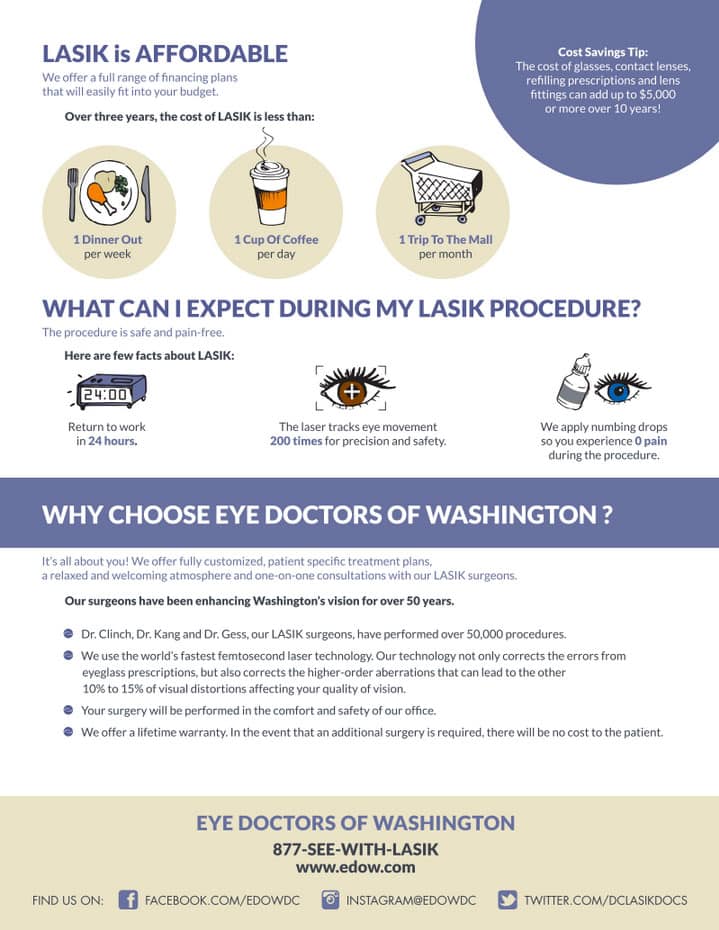Exploring Eye Misalignment: Reasons, Signs, And Therapy Choices
Exploring Eye Misalignment: Reasons, Signs, And Therapy Choices
Blog Article
Material Produce By-Haahr Eskildsen
When it involves eye misalignment, or strabismus, understanding the underlying reasons is vital. You could notice signs like dual vision or problem with deepness understanding. Therapy alternatives differ widely, from glasses and exercises to surgery. It is essential to resolve these issues early for the best outcomes. Curious about what may be triggering your or a loved one's misalignment? Allow's explore the information better.
Reasons For Eye Misalignment
Eye imbalance can happen for several reasons, and comprehending these causes is crucial to resolving the problem.
One typical aspect is muscular tissue discrepancy, where the muscles managing eye movement aren't working together effectively. This can take place as a result of congenital problems, meaning you might be born with it.
Additionally, injury to the eye or head can bring about misalignment, affecting muscular tissue function. Neurological problems, like cerebral palsy, can likewise contribute, affecting just how your brain signals eye movement.
Lastly, health and wellness problems such as thyroid disorders may add to eye misalignment.
Signs and symptoms of Strabismus
Strabismus can manifest with a selection of obvious signs that might influence your every day life. You could experience double vision, where you see 2 photos of a solitary things. This can make analysis or focusing on tasks challenging.
In addition, you may notice your eyes do not straighten properly, with one eye showing up to wander in a various direction. This misalignment can result in concerns with deepness assumption, making it difficult to judge ranges accurately.
You might also experience eye stress or tiredness, particularly after extended periods of aesthetic concentration. Kids with strabismus might scrunch up your eyes or tilt their heads to lessen dual vision.
If you recognize these signs and symptoms, it's important to consult an eye care professional for further analysis.
Treatment Options for Eye Imbalance
When you notice signs of eye imbalance, discovering therapy options becomes essential for recovering appropriate vision and convenience.
Depending on the severity and underlying cause, your options might consist of restorative glasses or get in touch with lenses to help straighten your vision. Eye exercises can strengthen eye muscles and enhance control.
In some cases, your ophthalmologist could suggest vision treatment, which involves a collection of guided tasks. If Discover More aren't reliable, surgical treatment may be necessary to realign the eyes.
It's vital to seek advice from an eye care professional to determine the most effective method tailored to your needs. Early treatment can significantly enhance outcomes, so don't be reluctant to look for help as soon as you discover any kind of indicators of imbalance.
Conclusion
In conclusion, understanding eye misalignment is important for preserving good vision and overall well-being. By identifying the causes and symptoms of strabismus, you can seek prompt therapy alternatives that could include glasses, workouts, or even surgery. more info here plays an important duty in improving your visual function and daily life. Don't wait to arrange normal check-ups to check your eye health and wellness and ensure you're doing everything possible to address any misalignment concerns.
